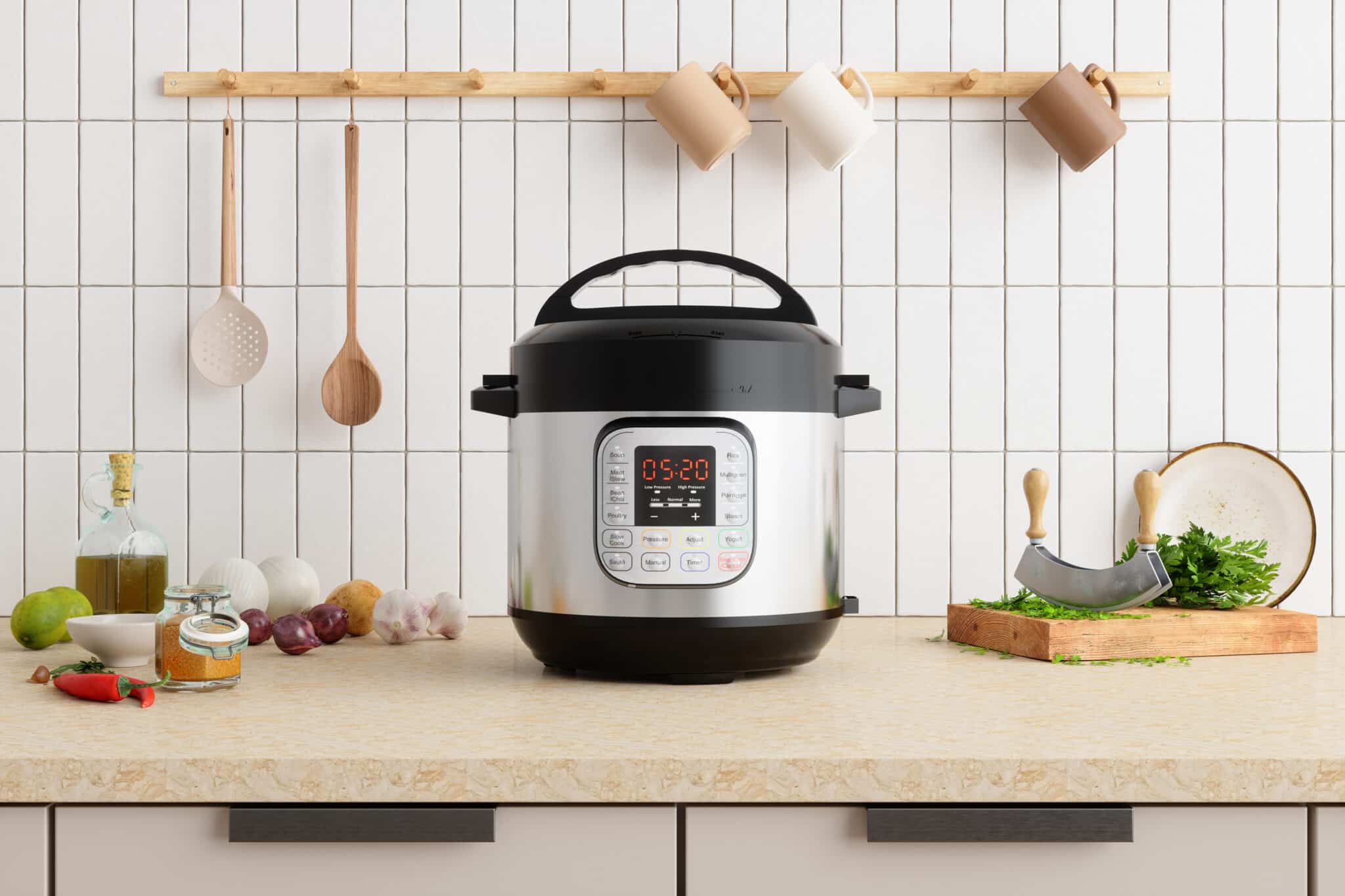Stargazing is one of the most fun and educational hobbies for kids, and it’s an excellent way for families to spend quality time together under the stars. With the right telescope, children can explore the night sky, discover celestial objects, and develop a lifelong passion for science and space.
No matter how excited you are to get started, picking the best telescope for your family isn’t always easy. With so many types, brands, and features to consider, choosing a kid-friendly telescope that’s both educational and easy to use can feel overwhelming.
We’ll break it all down for you, from what features to look for to the best telescopes for kids of all ages, plus tips for safe and enjoyable stargazing. With top-rated models at a variety of price points, you and your kids can explore the universe from the comfort of your own backyard.
What To Look for in a Telescope for Kids
Choosing the best telescope for kids begins with understanding the features that matter most to young beginners. Whether you’re shopping for an enthusiastic preschooler or a curious teen, here are the most important factors to consider:
- Ease of Use: Look for models that are simple to assemble and operate. Telescopes with manual controls or app-guided features are great for first-time users.
- Magnification & Focal Length: Bigger isn’t always better. A moderate focal length (around 400–700mm) offers a wide field of view, making it perfect for spotting celestial objects like the moon or Saturn’s rings.
- Durability & Portability: Smaller, lightweight refractor telescopes are ideal for young kids. Tabletop scopes are also good space-savers and are travel-friendly.
- Finder Scope: A good finder scope helps kids locate objects in the sky without frustration, making them more likely to continue learning about the stars.
- Smartphone Compatibility: Many modern telescopes are compatible with smartphone apps that aid in identifying and tracking objects, using wireless technology to enhance the experience.
- Price Range: Quality beginner telescopes typically range from $60 to $250. If you’re buying for a teenager who’s already hooked on astronomy, you may want to check out some more advanced telescopes at higher price points.
Understanding the differences between the kinds of telescopes available can help you make the best choice for your child’s stargazing adventures.
Types of Telescopes: What’s Best for Young Stargazers?
There are three main types of telescopes to consider:
- Refractor
- Reflector
- Smart/app-enabled
Here’s how they compare, so you can choose the one that works best for your family:
Refractor Telescopes
Typically the best choice for kids just starting out, refractor telescopes use lenses to focus light and are easy to use, require little maintenance, and are excellent for observing the moon and planets. If you’re looking for one that’s easy on the budget while still providing quality views, consider a lightweight, durable model that features a built-in smartphone holder for capturing photos.
Reflector Telescopes
Using mirrors instead of lenses, reflector telescopes are more powerful than refractor telescopes, making them ideal for viewing deep-sky objects like galaxies and nebulae. They’re a little more fragile but their ability to provide impressive views can make them an excellent choice for your child. Even a model that’s compact, fun and suitable for beginners on a budget can still offer plenty of quality viewing.
Smart Telescopes
These app-connected scopes combine the best of tech and stargazing. Some of the best options for older kids and teens wanting more advanced exploration of the night sky, these smart telescopes allow users to find and track objects easily with smartphone guidance. If you’re considering a telescope in this category, look for one with a smartphone dock and an app to automatically locate targets, making it easy, quick and efficient.
Best Telescopes for Kids by Age & Experience
The best telescopes for kids should be selected based on their age, experience, and interest level. If you’re not sure what to choose, consider these age-appropriate picks that will help your kids learn about the sky with a telescope that’s easy for them to operate.
Best Telescopes for Kids Ages 4–7: Simple & Durable Starter Scopes
At this age, telescopes should be fun, sturdy, and easy to handle. And they get bonus points if they’re also educational. You want your child to have fun learning about the stars, but if they have a telescope that’s too complicated for them, they’re likely to lose interest quickly. You can help avoid that with some easy-to-use choices for the youngest stargazers.
- Celestron FirstScope Reflector Telescope: Offering a cute design that younger children should enjoy, this is a good choice for sitting on a picnic table under the stars. Providing a stable, tabletop base along with a manual alt-azimuth mount, this reflector telescope accepts most 1.25-in accessories and filters, and comes with a 4mm and 20mm eyepiece.
- Educational Insights GeoSafari Jr. Talking Telescope: While technically not a real telescope, this toy is great for early learning, as it offers built-in images from NASA to teach kids about the stars. It can be used indoors and doesn’t require sky viewing. It has a manual focus adjustment, an alt-azimuth mount, and requires three AAA batteries.
- Celestron 7×50 Cometron Binoculars: These binoculars, despite not being a standard telescope, provide an excellent, safe introduction to sky viewing that’s portable and easy to use. With a 50mm objective lens and 7x magnification, your child can see bright, crisp images.
By choosing a scope suited to your kids’ age and abilities, you’ll help them enjoy stargazing and make the most of what they have to explore the night sky.
Best Telescopes for Kids Ages 8–12: Entry-Level Refractors & Reflectors
Older kids can handle more complex gear, so you’ll want to look for scopes that strike a balance between usability and performance, while also offering affordable pricing.
- Celestron Travel Scope 80 Refractor: Lightweight, intuitive, and with excellent image quality, this scope includes a smartphone adapter along with two eyepieces (10mm and 20mm) for 20x and 40x magnification. It also offers software and an app for enhanced learning.
- Celestron PowerSeeker 70mm f/10 EQ Refractor: This scope offers a 70mm aperture and a manual equatorial mount, along with two eyepieces. Your child can experience sky objects at 35x and 175x magnification, as well as a Barlow lens that triples magnification for a closer look.
- Celestron AstroMaster LT 70AZ: Perfect for exploring star clusters, celestial objects, and the solar system, this scope comes with a tripod and a manual focus for fast adjustments. It assembles easily, has up to 165x magnification, and offers a Built-on StarPointer Finderscope to locate objects quickly.
As children grow, their curiosity and capabilities expand, and smaller telescopes designed for younger kids may no longer meet their needs. Age-appropriate telescopes not only provide better viewing experiences but also help pre-teens learn about stargazing equipment and stay interested.
Best Telescopes for Teens: Advanced Beginner Scopes
Older kids ready for more advanced observation will enjoy enhanced optics and smart guidance features, so it’s crucial to look for a telescope that meets their needs. These options can be excellent choices for teens, as well as for younger children who have already used other scopes and shown a serious interest in celestial exploration.
- Celestron StarSense Explorer DX 102AZ: Outstanding image quality and intuitive support in a powerful scope that’s perfect for teens serious about astronomy. This scope is priced on the higher side, but it comes with a smartphone app for star navigation, a102mm f/6.5 refractor optical tube, and an ISO-certifed safe solar filter.
- Celestron StarSense Explorer LT 80AZ: If you’re looking for moderate pricing in a telescope your teen can link to their smartphone, this model offers quick setup, easy phone docking, advanced object location recognition, a sturdy mount, and an 80mm refractor with bright, sharp views.
- Celestron PowerSeeker 127EQ: With a large 5.0 Aperture, this scope easily picks up clear images and offers 300x magnification with a 3x Barlow lens. It includes software with printable sky maps and a 10,000-object database, along with 75 enhanced images, a German equatorial mount, and slow-motion controls to get the most accurate positioning.
Helping your kids, whether they’re teens or younger, explore the world around them is a great way to spark curiosity and learning. But you don’t have to stop there; you can open up an even bigger world by giving them the gift of exploring the night sky.
Tips for Using a Kids’ Telescope
Buying the right telescope is only half the journey. Once you’ve found and purchased the right one for your child, you’ll also want to know all the best ways to make your family’s stargazing nights even more fun and effective.
Here are a few tips to consider, so you can make the most of family time while finding all kinds of fascinating sky objects:
- Start with the Moon: It’s easy to find and offers tons of craters and shadows to explore.
- Use a Star Map or App: Try SkySafari (for iOS only) or check out Stellarium (for desktop applications) to identify what’s above.
- Go Low-Tech First: Practice finding objects with the finder scope before switching to high magnification.
- Use Red Lights: Preserve night vision with red flashlights or headlamps.
- Stay Warm & Comfortable: Bring blankets, snacks, and a thermos of cocoa.
- Be Patient: Adjusting focus and tracking objects takes time, especially with a manual azimuth mount.
Whether your child is a curious beginner or an eager young astronomer, you can make their stargazing dreams a reality. With the best telescope for kids, they can explore stars and planets or watch as the moon makes its way across the night sky.
Stargazing Safety for Kids
Safety matters when observing the stars. It might seem like a harmless hobby, but even with the best telescope for kids, there are some potential risks.
To minimize those, make sure to:
- Never Look at the Sun: Only use solar filters designed for telescopes. Unfiltered sunlight can cause permanent damage to the eyes.
- Supervise Small Kids: Telescopes can tip over or pinch fingers.
- Avoid Trip Hazards: Be cautious of cords or equipment in the dark.
- Don’t Leave Telescopes Outside Overnight: Condensation and cold weather can damage lenses and electronics.
- Teach Respectful Handling: Kids should always use two hands and avoid touching glass lenses.
By working with your kids and showing them how to use their telescope safely and properly, you can feel confident that they’ll get plenty of joy from it without a risk of injury.
Exploring the Universe Together With the Best Telescopes for Kids
The night sky holds endless wonder, and the best telescope for kids can bring that magic home for your family. Whether you’re tracking celestial objects, scanning for Saturn’s rings, or simply gazing at the moon, stargazing offers a rare mix of learning, bonding, and awe.
You don’t need to spend a fortune to get started. A modest refractor telescope or an app-assisted model can offer hours of excitement for kids of all ages. So grab a blanket, pick your scope, and get ready to journey through the cosmos as you make memories with your family.





